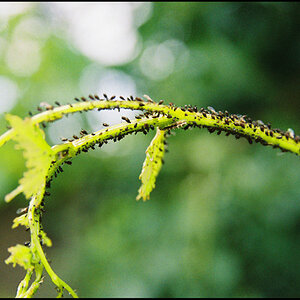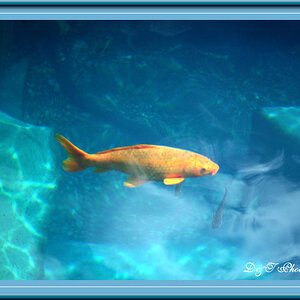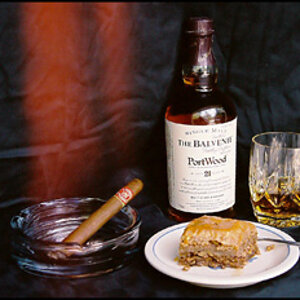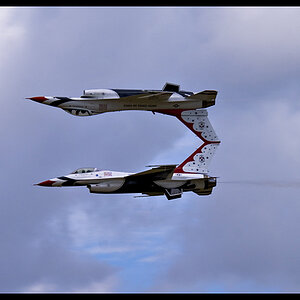georgienne
TPF Noob!
- Joined
- Oct 6, 2013
- Messages
- 23
- Reaction score
- 3
- Can others edit my Photos
- Photos NOT OK to edit
I'm brand new to shooting film and have a couple (probably) dead-easy questions for someone/all of you.
I've experience using DSLRs, but mostly it was just mindless fiddling around, or I used auto-focus, etc. I now have an AE-1, which I'm loving, but I honestly have no idea how to know what my image will look like. I've read everything I can find on the internet and flipped through several books, but I can't find a 'process' to take photos on an SLR..
The extent of my knowledge on composure is that exposure is related to the f and the shutter speed. I get that if one goes down, the other goes up (though I'm not sure how this translates on the camera). I've also read about the sunny 16 rule thing.
Now, I currently have ISO 400 colour film in (both because it was recommended as good beginner film, and because I'm not shooting exclusively dark or bright things), so my 'sunny 16' shutter is 500 (correct?). However, whenever I set this up, my TTL light meter gets upset and says its underexposed. I've done this in several lightings, and nothing seems to help, so I've now concluded that I've NO idea how to read the AE-1's light meter (its different from the scale of bars that some(/most?) SLRs and my DSLR have --- diagram here).
So, my questions are:
All help and info is much appreciated.
I wish I could afford to take a proper class, and everything I find online is all digital. I have shot 3 rolls of film already (writing down details I think are important), so I'm hoping they might be useful to learn from/compare when I get them back. I've also bought B&W film, as I've bee told its more forgiving, and I think it'd be a fun change anyway.
Again, thank you!
I've experience using DSLRs, but mostly it was just mindless fiddling around, or I used auto-focus, etc. I now have an AE-1, which I'm loving, but I honestly have no idea how to know what my image will look like. I've read everything I can find on the internet and flipped through several books, but I can't find a 'process' to take photos on an SLR..
The extent of my knowledge on composure is that exposure is related to the f and the shutter speed. I get that if one goes down, the other goes up (though I'm not sure how this translates on the camera). I've also read about the sunny 16 rule thing.
Now, I currently have ISO 400 colour film in (both because it was recommended as good beginner film, and because I'm not shooting exclusively dark or bright things), so my 'sunny 16' shutter is 500 (correct?). However, whenever I set this up, my TTL light meter gets upset and says its underexposed. I've done this in several lightings, and nothing seems to help, so I've now concluded that I've NO idea how to read the AE-1's light meter (its different from the scale of bars that some(/most?) SLRs and my DSLR have --- diagram here).
So, my questions are:
- How do I read the light meter? What am I looking for, what's my goal? When I change the shutter speed and f, what am I looking for it to change if not just to get it out of the underexposure zone?
- What steps should I be doing to ensure a fairly good exposure? Currently I'm just estimating my distance, setting my focus ring at that estimate, picking a shutter speed based on (my undereducated) estimate of light, then looking at the light meter and matching the aperture ring to what the light meter says. How off am I??
All help and info is much appreciated.
I wish I could afford to take a proper class, and everything I find online is all digital. I have shot 3 rolls of film already (writing down details I think are important), so I'm hoping they might be useful to learn from/compare when I get them back. I've also bought B&W film, as I've bee told its more forgiving, and I think it'd be a fun change anyway.
Again, thank you!


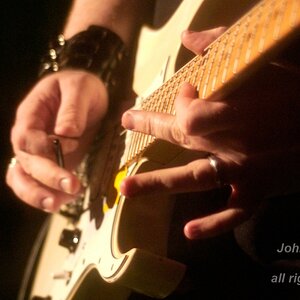
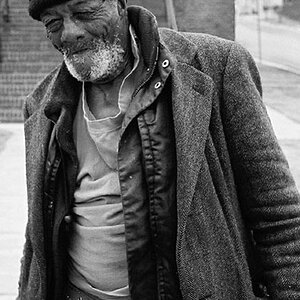

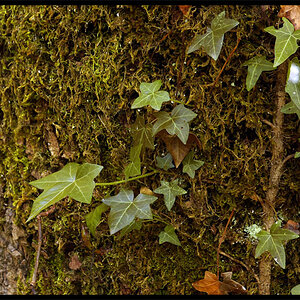
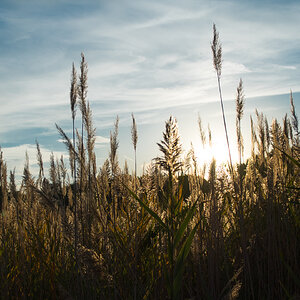
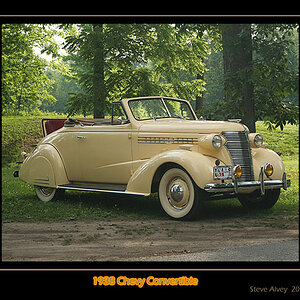
![[No title]](/data/xfmg/thumbnail/30/30986-0fbf9af8f70b46ce37aeb237ba68b573.jpg?1619734551)
![[No title]](/data/xfmg/thumbnail/38/38728-e8c32361443e4b671d8ef24d4dba6ef8.jpg?1619738702)
